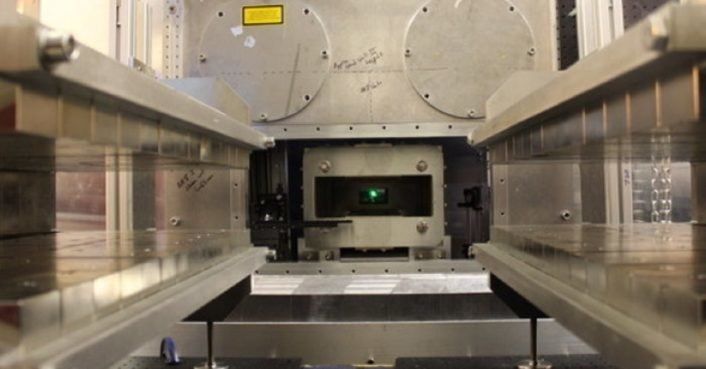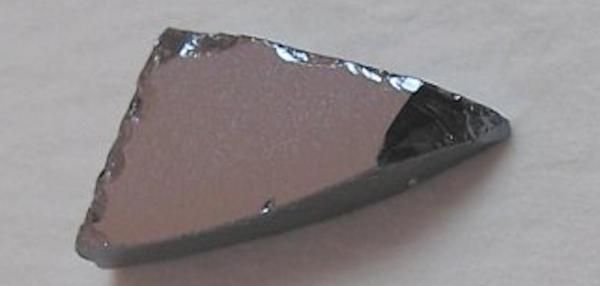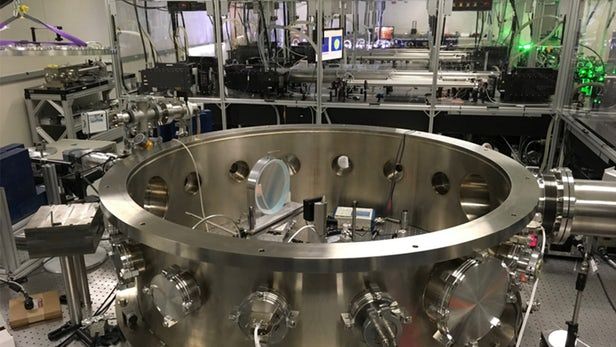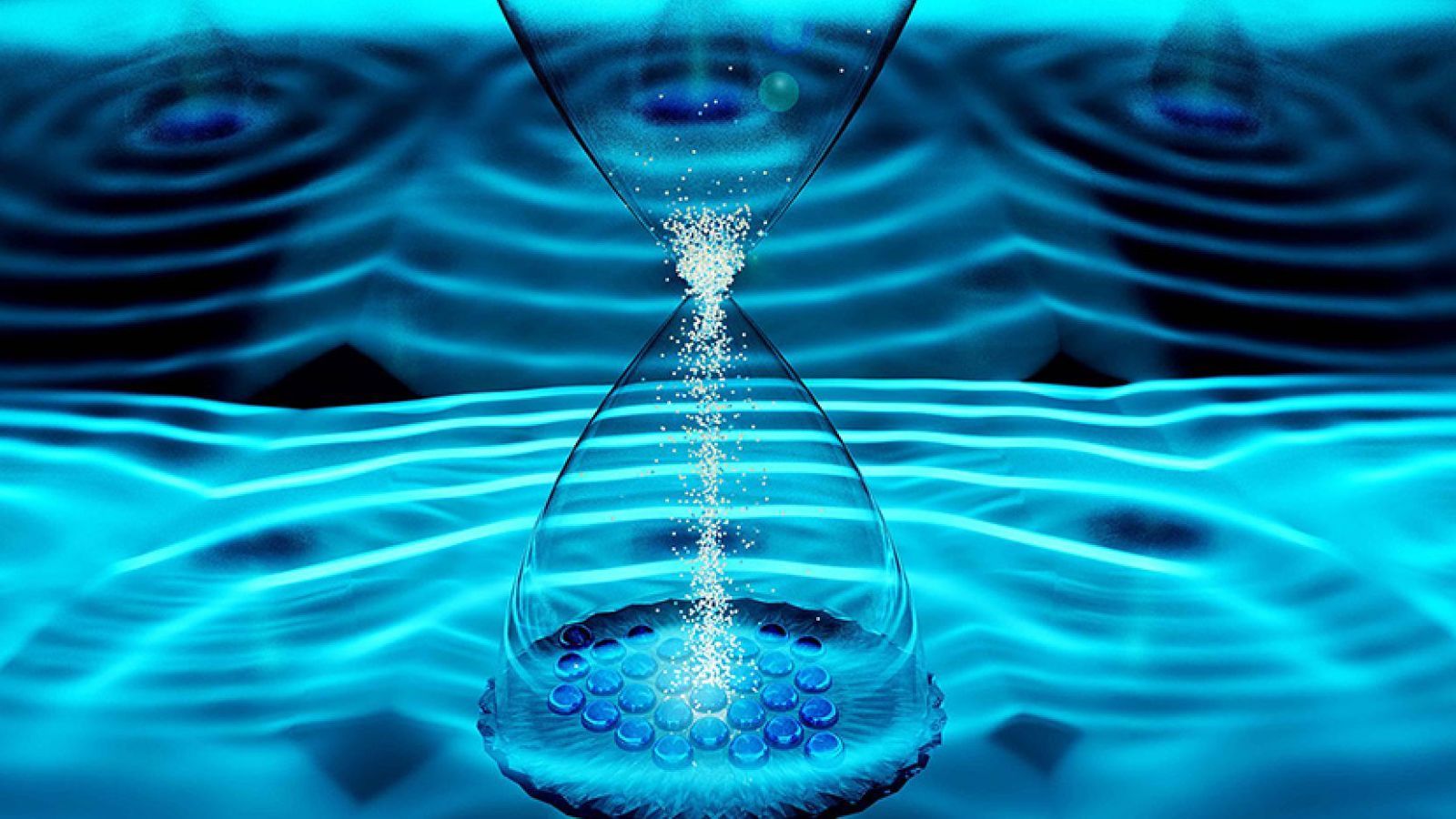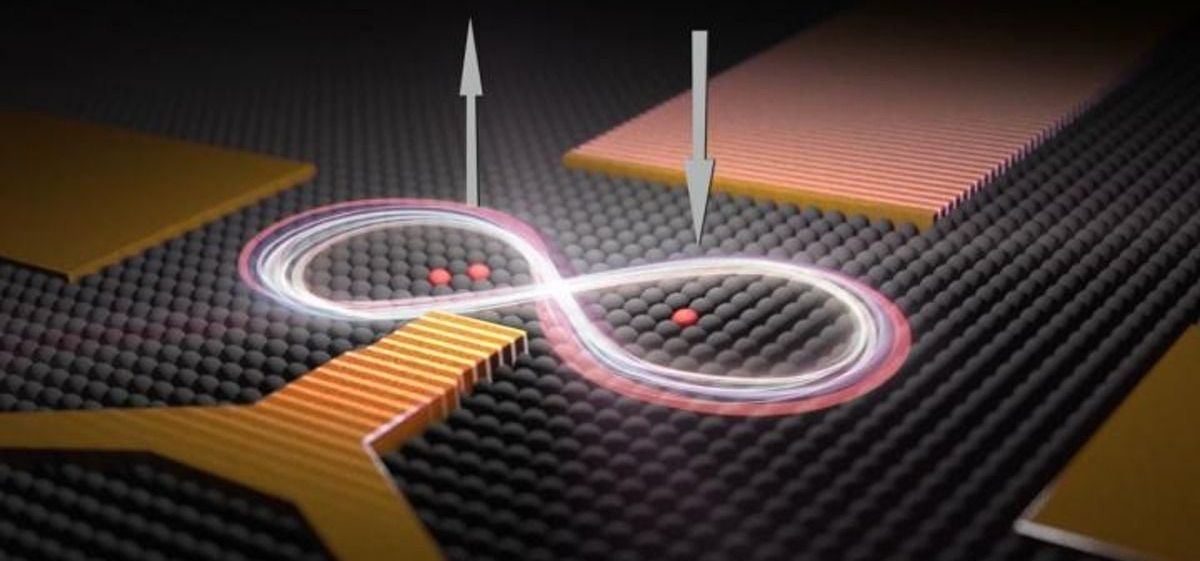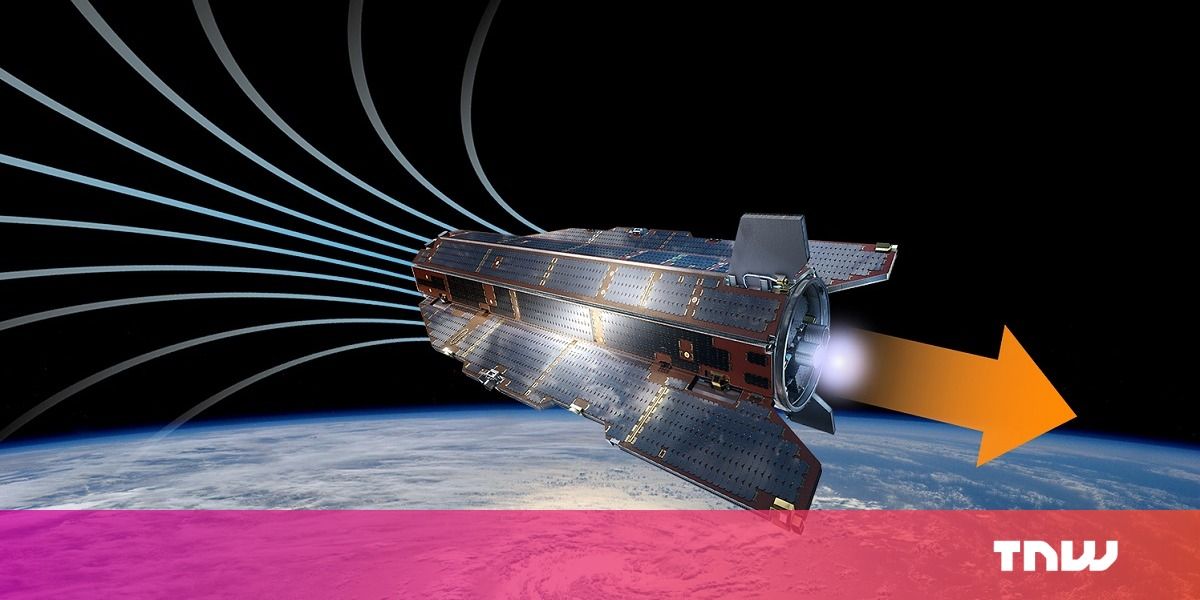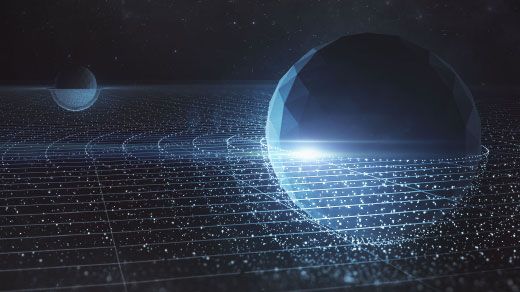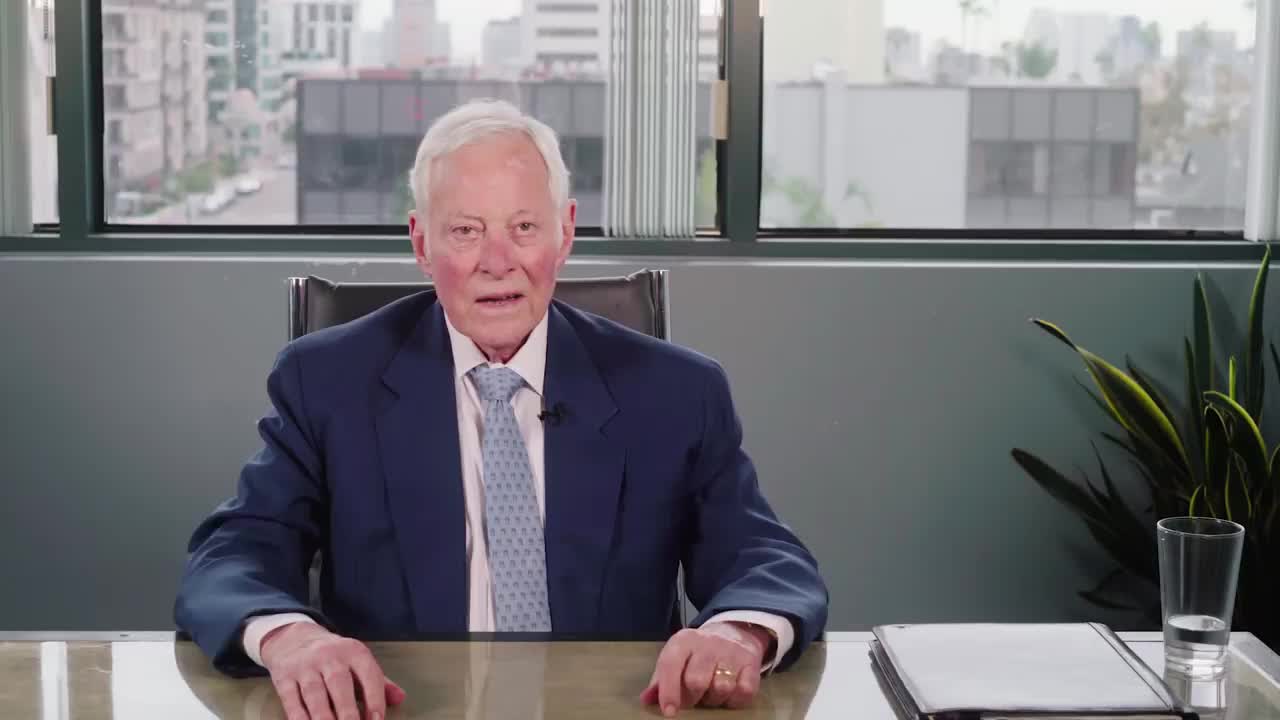Mar 20, 2018
Scientists aim to use lasers to turn light into matter
Posted by Genevieve Klien in categories: information science, particle physics
Scientists at Imperial College London are attempting to use powerful lasers turn light into matter, potentially proving the 84-year-old theory known as the Breit-Wheeler process. According to this theory, it is technically possible to turn light into matter by smashing two photons to create a positron and an electron. While previous efforts to achieve this feat have required added high-energy particles, the Imperial scientists believe they have discovered a method that does not need additional energy to function. “This would be a pure demonstration of Einstein’s famous equation that relates energy and mass: E=mc2, which tells us how much energy is produced when matter is turned to energy,” explained Imperial Professor Steven Rose. “What we are doing is the same but backwards: turning photon energy into mass, i.e. m=E/c2.”
